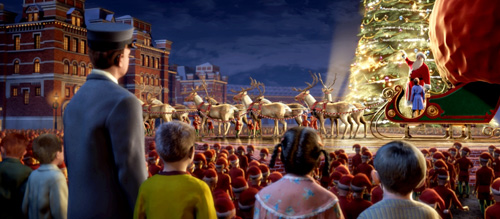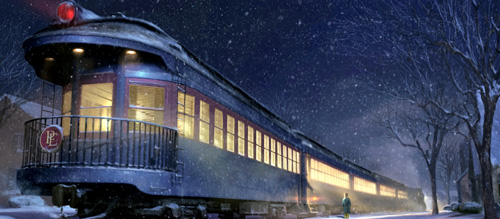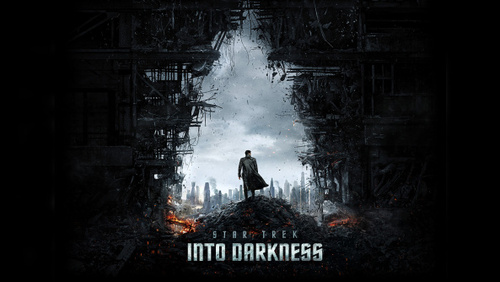The story even toys with the existence of ghosts. Later, after the train crashes into the frozen lake and skids across the surface, the Hobo grabs the Hero Boy by his housecoat and saves him, the Conductor, and the Hero Girl from flying off the locomotive. When the boy looks back at his saviour, the man dissolves into snow flurries. This confirms that either this journey is a dream or the Hobo is a ghost. Afterwards, on their way back to the other passengers, the protagonists pass through an abandoned car that’s home to discarded toys. Nothing is creepier than hundreds of broken puppets and dolls hanging suspended in mid-air. But then, an Ebenezer Scrooge marionette comes to life and torments the young boy.
This small reference to another popular Yuletide fairytale points to the story’s overarching debt to “A Christmas Carol” and its myriad of film adaptations. Though most people can agree that The Polar Express is creepy on many levels, this is not unusual to the genre. Dickens’s story revolves around Scrooge’s encounters with the Ghosts of Christmas Past, Present, and Future. It also deals with morbid and disturbing themes and imagery, including Scrooge’s haunting by his former business partner, Jacob Marley, and the possible future death of Tiny Tim. (It’s also interesting to note that Zemeckis went on to direct an animated adaptation of “A Christmas Carol” for Disney five years later.) The Polar Express is simply carrying on a long-standing tradition of deep, dark, and sometimes creepy themes in holiday narratives.
In Dickens’s tale and many others, however, all representations of a happy Christmas are filled with warm light, good food, loved ones, laughter, and the magic of the holidays. So, it comes as a surprise when the Polar Express arrives at the North Pole and the creepiness continues. Soon after their arrival, the Hero Boy, Hero Girl, and their new friend, Billy the Lonely Boy (Jimmy Bennett), get lost in the streets and workshops of Santa’s village. It’s a ghost town with no one in sight and a muffled, distorted record plays crooner Christmas classics over the loud speaker. The children eventually happen upon a few elves deciding the fate of a ‘naughty’ boy who put gum in his sister’s hair. Strangely, instead of being cute or jolly, the elves have severe features, raspy voices, and thick Brooklyn accents. The whole scene is rather unnerving, and the magic of Christmas isn’t restored until our hero finally meets Santa Claus.

The problem with The Polar Express isn’t that the character animation is waxy and uncanny or that the film leans too heavily on disturbing themes. The filmmakers did their best with the technology at their disposal and the story provides a depth and uneasy whimsy that is characteristic of the genre and rewards an active audience. The problem is that the narrative arc spends too long in the liminal space between joy and fear, fantasy and reality, before any sort of resolution. By the time the warmth, light, joy, and magic of Christmas is restored at the end of the film, we’ve been pulled through so much darkness that the ending hardly feels satisfying and the creepiness lingers.
Zemeckis and his team should be commended for their experimental animation and for telling a unique story that pulls us in and won’t let go. Despite its critics, the film still inspires hundreds of people to flock to cinemas every year for a Christmas Eve screening. In the sugar-coated smorgasbord of holiday movies to choose from, this film stands out as a special story about what it means to believe in something, whether you can see it or not. But fair warning that it might give you nightmares. I, like most audiences, am still divided on whether that’s what Christmas is all about.
Score: 15/24
Written by Emily Nighman



